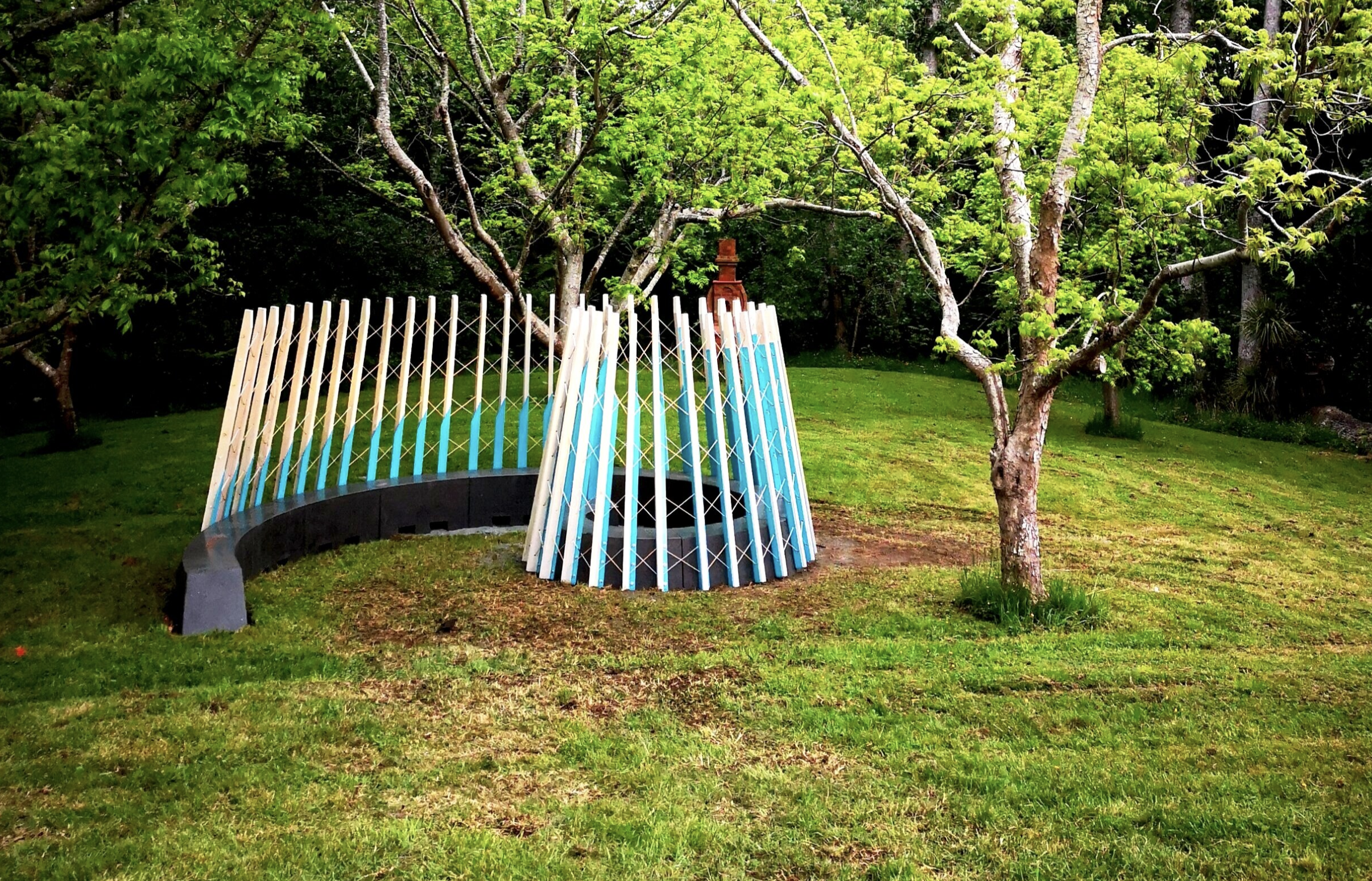Nohonga Design Challenge - take two
Following the success of last year’s Nohonga Design Challenge landscape architects in Tāmaki Makaurau Auckland are again being encouraged to come up with bespoke seating ideas.
Brick Bay, the Auckland Branch of the Tuia Pito Ora New Zealand Institute of Landscape Architects, Britomart and Resene are collaborating to host the challenge with a theme of Te Ao Hurihanga - climate resilience.
Nā Tāne i toko ka mawehe a Ranginui rāua ko Papatūānuku, nāna i tauwehea ai, ka heuea te Pō, ka heuea te Ao.
Tāne thrusted upwards and separated Ranginui and Papatūānuku, so there was night, and there was day.
The whakataukī above reflects the notion of change, separating the heaven and earthly realms so there was life. Like Tāne, the changes we make can inform the ways we live and adapt with the ever-changing climatic environments. Te Ao Hurihanga (The Changing World) draws on this year’s theme of ‘Climate Resilience’. The theme challenges us to think about how we adapt to change in the form of a ‘Nohonga’.
One of the two “Whiria” nohonga by a Boffa Miskell team freshly installed at Britomart in last year’s competition.
“That theme’s been chosen because we see the opportunity to create an installation which reflects a real issue that is ongoing across the world,” NZILA Auckland branch chair Matt Jones says. “We wanted to test the teams to think about how that notion can be reflected in a design and a place.
Up to five designs - from teams of two or more - will be selected for entry into the competition and paid at least $3,000 to support further design, construction and installation of their proposal.
Another successful entry, by the Wilkins sisters in last year’s competition. It explores the idea of framing the landscape but also provides a clear measure of the two metre social distancing required in the age of Covid-19.
Entries should include details of dimensions, materials, construction method and installation including the ability to install and relocate the Nohonga between its two planned display locations of Britomart (Auckland) and Brick Bay Sculpture Trail (Matakana).
The Nohonga will be temporarily installed for about four weeks within the public realm of Britomart; followed by relocation to Brick Bay sculpture trail outdoor gallery for up to 12 months.
A vibrant glimpse of ‘Te Whakatohenehene” (The Disruption) by a multinational team.
Jones says there are important lessons to be learned from last year’s competition when one of the winning teams couldn’t build its nohonga because it was going to cost considerably more than the budget allowed.
Another team’s entry was so heavy it couldn’t be displayed at Britomart as planned because it would have tested the structural integrity of the train station below. Instead it was installed directly at Brick Bay in Matakana.
Bioluminescence, a second Boffa Miskell team entry, was installed directly at Brick Bay after proving too heavy to sit at Britomart.
“So that's another factor that needs to be taken into account. So there’s how it reflects climate resilience, constructive ability, transport and placement. They’re all part of the competition.”
Jones says teams don’t have to be restricted to individual companies, collaboration between studios is fine.
“The competition steps beyond our day to day work. How can we actually come together to reflect on these issues (climate resilience) and provide an art installation that results from that? So it doesn’t necessarily need to be a company to company thing. It can be a person to person thing, just landscape architects thinking about important issues beyond what they do in a day to day work space. I think that’s one of the powerful outcomes of the whole competition.”
Teams are asked to pre-register by February 28, 2022.



